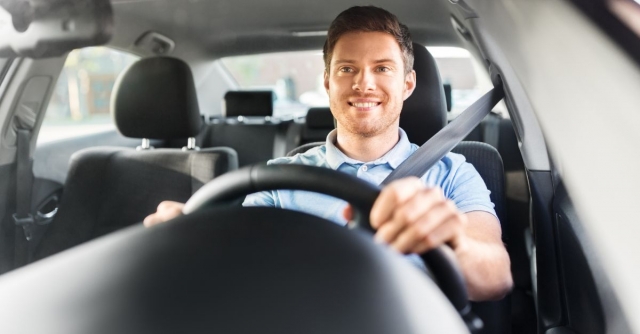Whenever you drive your vehicle, it is important to do it in a way that protects you, your passengers, and others on the road. Whether commuting for work or for leisure, you should be safe behind the wheel. Read on to learn five ways you can be more responsible behind the wheel, then apply these strategies on your next drive.
Monitor Your Vehicle
The condition of your vehicle influences how safely it operates. Not knowing that it needs maintenance can lead to unexpected mechanical failures, jeopardizing your safety. For instance, you should know the signs your vehicle needs a transmission flush. With this knowledge, your car will function as it should.
Don’t Get Distracted
Distracted driving takes many forms, such as texting, adjusting the navigation system, or eating. Any activity that diverts your attention from the road increases the likelihood of a serious accident. Focus on driving by silencing your phone and preparing everything you need before getting in the car. Staying alert prepares you to react quickly to sudden changes, such as traffic flow or pedestrians.
Never Drive While Intoxicated
Another way you can be more responsible behind the wheel is by never driving under the influence. Alcohol consumption severely impairs your judgment, reaction time, and coordination, so driving after drinking is dangerous. If you are planning to drink at a bar or restaurant with friends, find alternative transportation home from rideshare services, public transportation, or carpooling with sober friends. Making safe choices benefits you and your community.
Drive at a Safe Speed
Speeding gives you less time to react to obstacles and increases the severity of collisions. Follow speed limits, and operate your vehicle at a safe speed during adverse weather to avoid putting other drivers in danger. Regardless of where you’re headed, it’s best to prioritize arriving safely over arriving quickly. Responsible drivers value safety over shortcuts!
Don’t Get Too Close to Other Cars
Tailgating is one of the most common causes of accidents. Following the vehicle ahead of you too closely reduces the space needed to stop if the other driver brakes suddenly. Keep a three-second distance between you and the vehicle in front of you. This buffer allows for smoother braking and reduces the chances of making panic stops. You’ll also positively contribute to traffic flow because the drivers behind you can follow your lead of gentle braking.
Driving involves more than going from one place to another. Responsible habits save lives and create safer roads for everyone. Use these strategies so you can play a role in reducing risks.






